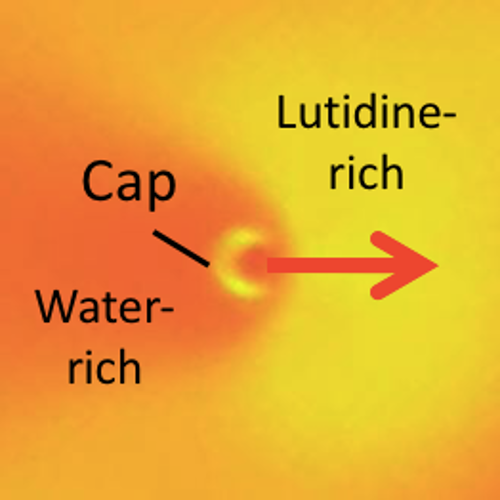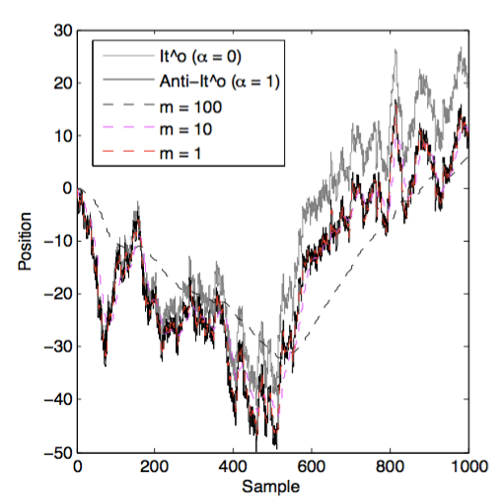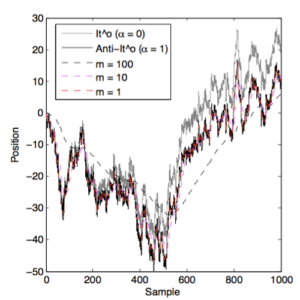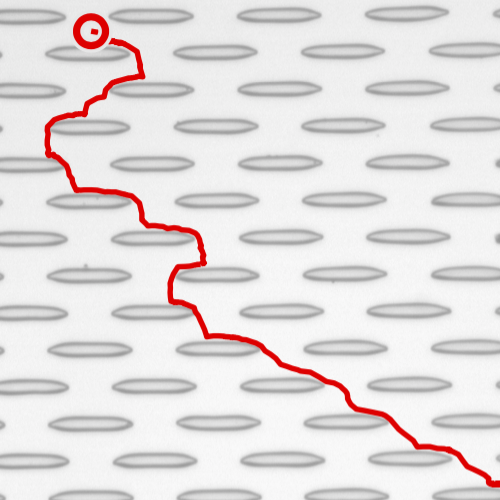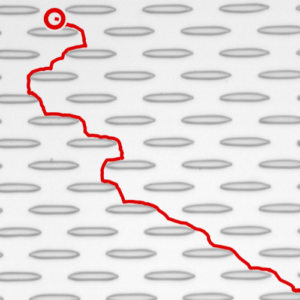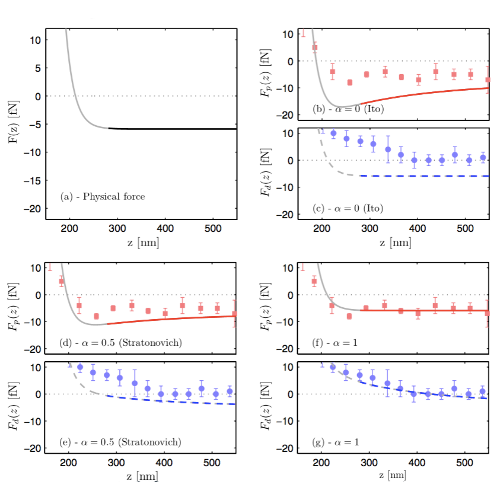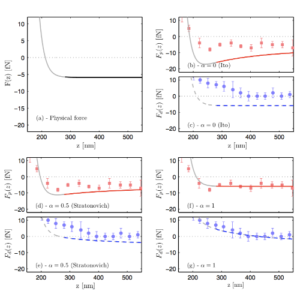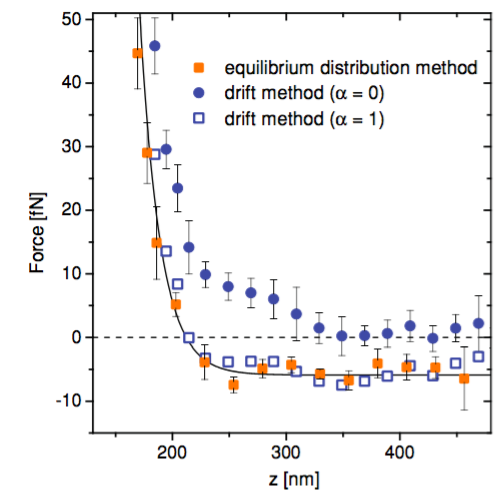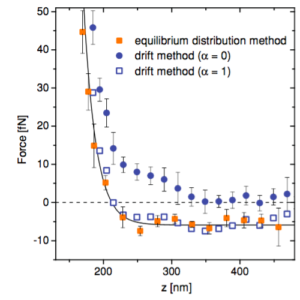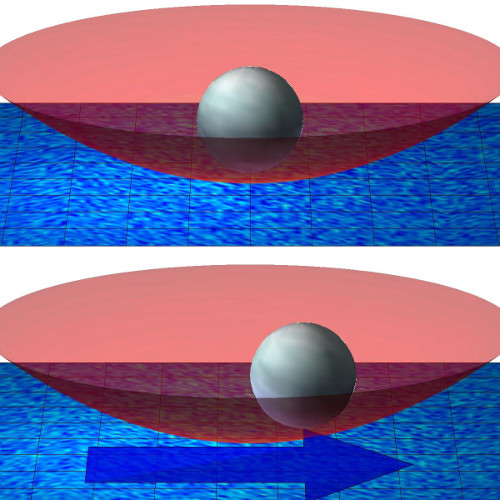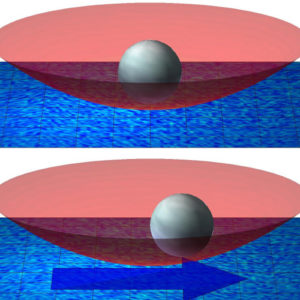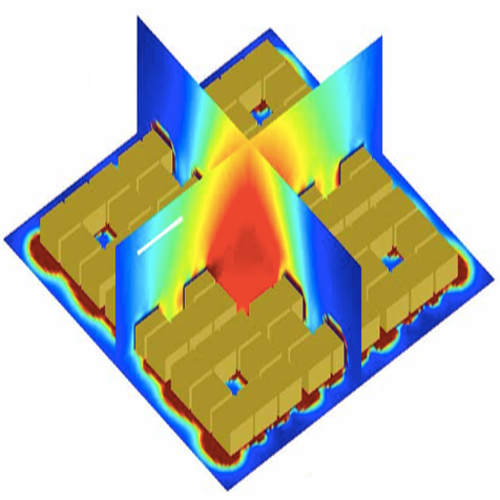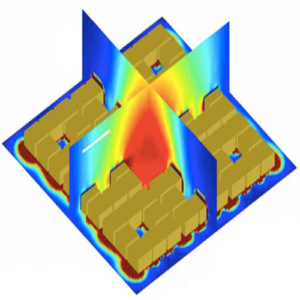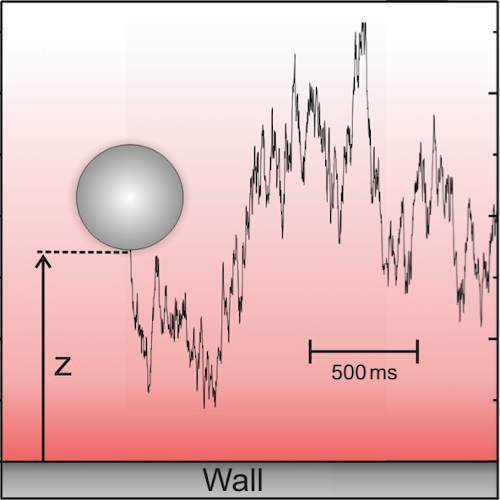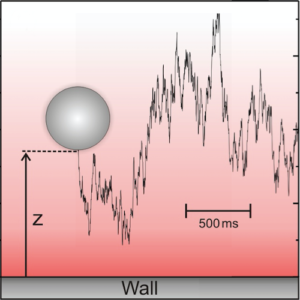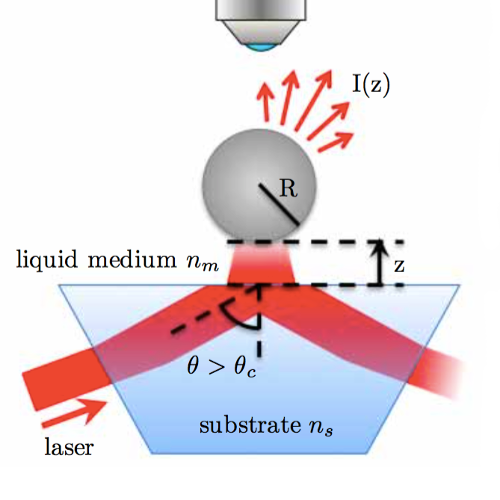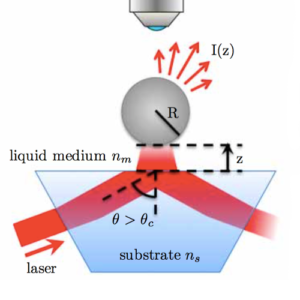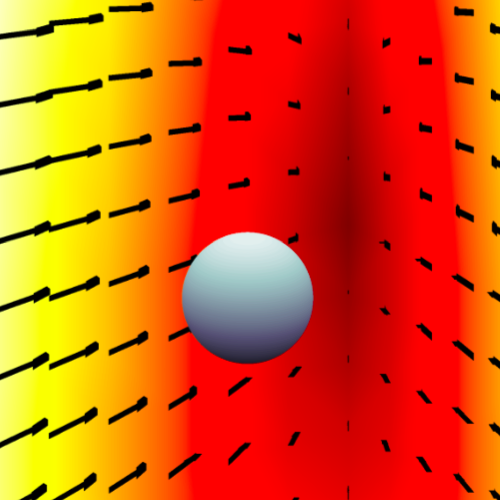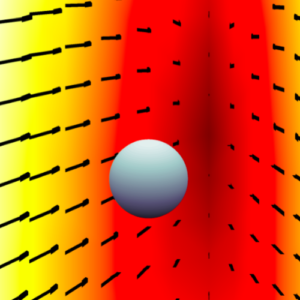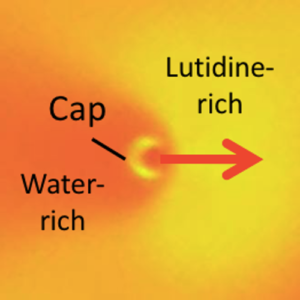
Active Brownian motion tunable by light
Ivo Buttinoni, Giovanni Volpe, Felix Kümmel, Giorgio Volpe & Clemens Bechinger
Journal of Physics: Condensed Matter 24(28), 284129 (2012)
DOI: 10.1088/0953-8984/24/28/284129
arXiv: 1110.2202
Active Brownian particles are capable of taking up energy from their environment and converting it into directed motion; examples range from chemotactic cells and bacteria to artificial micro-swimmers. We have recently demonstrated that Janus particles, i.e. gold-capped colloidal spheres, suspended in a critical binary liquid mixture perform active Brownian motion when illuminated by light. In this paper, we investigate in more detail their swimming mechanism, leading to active Brownian motion. We show that the illumination-borne heating induces a local asymmetric demixing of the binary mixture, generating a spatial chemical concentration gradient which is responsible for the particle’s self-diffusiophoretic motion. We study this effect as a function of the functionalization of the gold cap, the particle size and the illumination intensity: the functionalization determines what component of the binary mixture is preferentially adsorbed at the cap and the swimming direction (towards or away from the cap); the particle size determines the rotational diffusion and, therefore, the random reorientation of the particle; and the intensity tunes the strength of the heating and, therefore, of the motion. Finally, we harness this dependence of the swimming strength on the illumination intensity to investigate the behavior of a micro-swimmer in a spatial light gradient, where its swimming properties are space-dependent.
